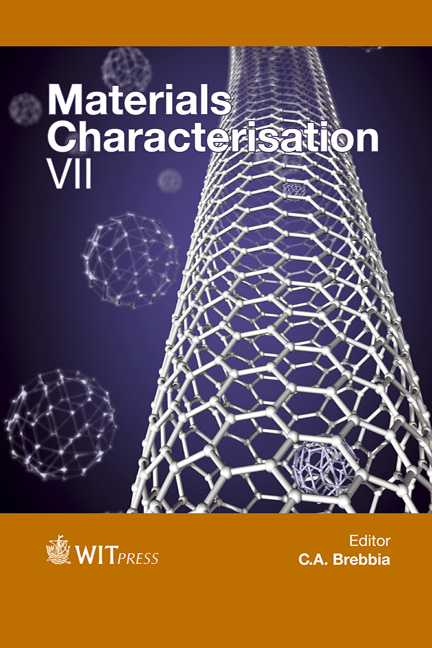Effects Of Maximum Strain And Aging Time On The Fatigue Lifetime Of Vulcanized Natural Rubber
Price
Free (open access)
Transaction
Volume
90
Pages
12
Page Range
3 - 14
Published
2015
Size
2,771 kb
Paper DOI
10.2495/MC150011
Copyright
WIT Press
Author(s)
C. S. Woo, H. S. Park
Abstract
Fatigue life prediction and evaluation are the key technologies to assure the safety and reliability of automotive rubber components. In this study, a fatigue lifetime prediction equation was derived to exactly estimate the fatigue lifetimes of anti-vibration rubber components in a short period at the initial stage of design. A fatigue lifetime prediction methodology of vulcanized natural rubber was proposed by incorporating the finite element analysis and fatigue damage parameter determined from the fatigue test. Nonlinear finite element analyses of the 3-dimensional dumbbell specimen and rubber component were performed using an Ogden hyper-elastic material model determined from the tensile, shear and biaxial tension tests of the natural rubber, and resulted in relationships between displacement and the Green–Lagrange strain for both the dumbbell specimen and rubber component. Fatigue tests were performed using a 3-dimensional dumbbell specimen at different levels of maximum displacement and heat aging temperature. It was shown that the maximum tension displacement was a proper damage parameter, taking the mean displacement effect into account. A procedure to predict the fatigue lifetime of vulcanized natural rubber material based on the maximum strain method was proposed. With the proposed fatigue lifetime equation, the fatigue lifetime could be exactly estimated within the error range of 200%, irrespective of rubber material and aging time.
Keywords
rubber component, fatigue test, fatigue lifetime prediction, finite element analysis, maximum Green–Lagrange strain





